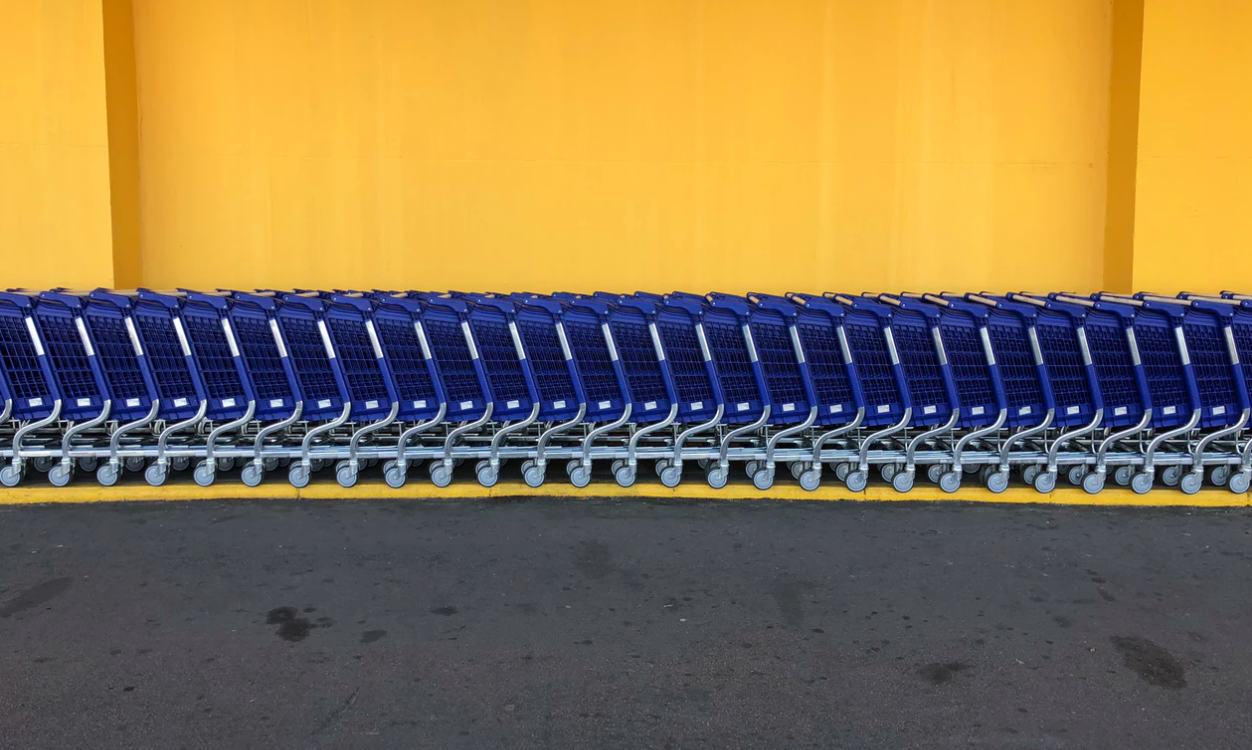
Every industry has its challenges. But few are faced with challenges as deep and far reaching as the FMCG industry in Australia. In fact, these challenges are taking away most packaged goods marketers ability to determine their own marketing mix. The traditional brand building media, such as TV, are becoming less effective. While the dominant retailers are controlling what products consumers get to choose from.
The Evil Duopoly
The two friendly giant of Coles and Woolworths are no longer partners of their suppliers – they are now their biggest competitors. And brand owners need to ask themselves the same question the supermarkets are asking:
Will consumers notice if brand X is removed from the shelf?
Where the word “notice” translates to shift their shopping basket elsewhere.
It seems Coles and Woolworths have no regard for the brands of their suppliers. They don’t have to. There are very few brands that any consumer would move their shopping baskets to another retailer for. And they know it. Coles and Woolworths will continue to delete brands from product categories until they have a little over 3 brands in each category. One of which will certainly be theirs.
It means there are only 2 survival strategies:
1. Be brand leader in the category. Even the number 2 player is not safe.
2. Innovate radically to invent new ways to distribute consumer goods.
The good news is that the technology is arriving that makes direct relationships with consumers possible. Just look at what has happened to department stores. FMCG brands must invent new ways to take control of their brand at the transaction end.
The TV Industrial Complex is evaporating in front of our eyes.
• We can no longer buy an audience on demand.
• It’s no longer a brand built monologue.
• Consumers and are now connected and in control.
• We live in a world of excess supply.
• And it’s harder than ever to differentiate consumer goods.
• Competition and price pressure is reducing margins.
• Advertising is becoming less cost effective as audience attention fragments.
Consumer brands are facing a structural change for the ages. To survive supermarket brands must mean more than being a product at a price point. They need to represent the value systems of today’s consumer.
Which might mean that everything they talk about is one layer outside of what they are selling. And instead be about brand value systems, what they represent, what the brand believes in, how it helps people, the environment, creativity, well being, brings families together and so on.
Unless there is a significant, ownable point of difference, brands cannot just talk about what is sold inside the bottle or the pack. Those that do are destined for commodisation and ultimate the demise of profitability. What brand marketers must do is be part of important conversations with their audience. They need to augment lifestyle even if in a subtle way. It’s only when we do this that we can have a point of view in the new ‘attention economy’.
Brands that have a share of voice in the new media landscape will be ready to participate in emerging distribution channels when they arrive. Because in the coming years technology will evolve to the point where promotion and distribution will merge into the one seamless process.
What I’d be doing if I was an FMCG company in Australia is investing all of my advertising investment in channel innovation – I’d move all that consumer money across. To the boring area of distribution – the area that has been ignored for the past 20 years… Who they sell to. “We’ll just sell to who we’ve always sold to”. I’d be finding new ways connecting the communication and distribution using smart phone technology, and emerging NFC and RFID technology. I’d be collaborating with other packaged goods concerns to invent new channels, and I’d be working out ways to sell directly to my consumer and circumvent the retailer entirely. I’d investigate subscription models.
Sure, Australia is a tiny market on a global scale. In fact it is inconsequential to most global consumers goods organisations such as Kraft, Proctor & Gamble, Unilever and co. But what is happening in Australia, is a sample of what is to come in larger markets such as the USA, Europe and Asia. Dominant players like Walmart will continue to call the shots, and eat into suppliers business via backwards vertical integration. If large FMCG companies were smart they’d be using the Australian market as a test case for a new strategy to distribute their products. But that will probably never have for one simple reason: The people that run these companies would never ‘over invest’ in their companies. The challenge for any CEO cares in this day and age is the short term growth in the share price for board and shareholders demand. Given their bonus and options depend on that too, it seems the incentives are misaligned to fight such longitudinal disruptive forces.
Sign up to get my weekly blog post by email


